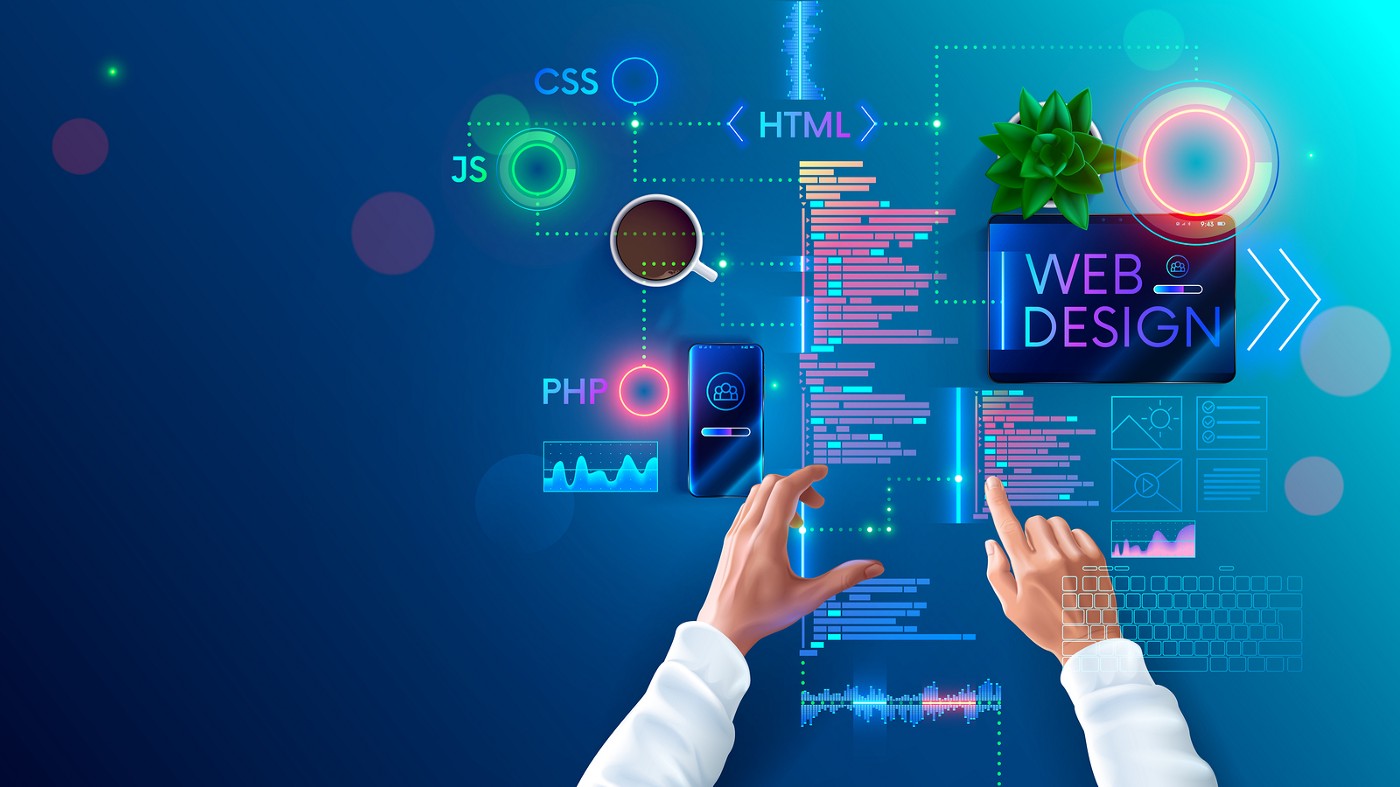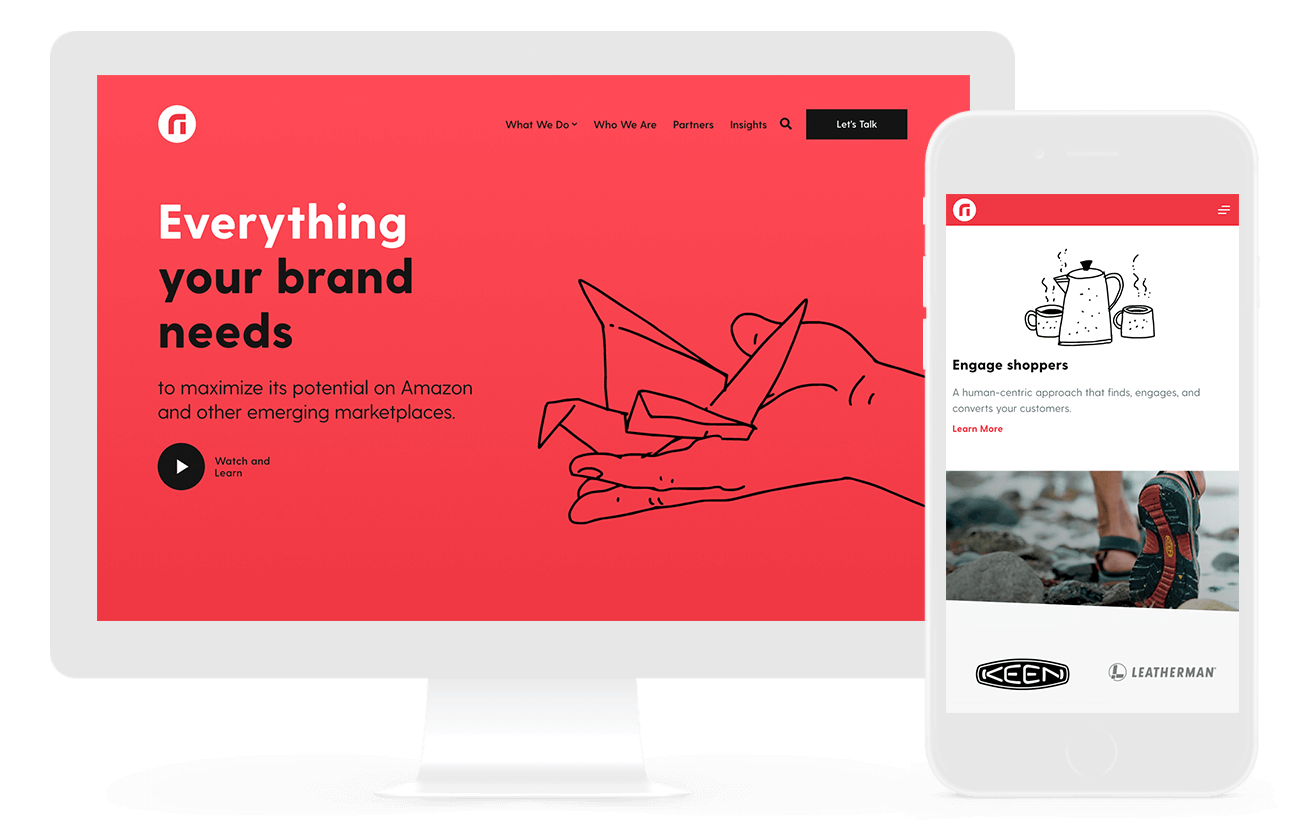All Categories
Featured
Table of Contents
- – Web Design - Linkedin Learning, Formerly Lynda...
- – Web Design - Entrepreneur Tips and Tricks:
- – Boxcar Studio - Wordpress & Drupal Web Design...
- – 53 Web Design Tools To Help You Work Smarter ...
- – Learn Web Design With Online Courses, Classes...
- – Web Design Museum 1991 – 2006 Tips and Tricks:
- – Web Design Ledger: Homepage Tips and Tricks:
- – Web Design Tools & Software - Webflow Tips a...
- – Responsive Web Design Certification - Freeco...
- – Web Development Bachelor's Degree - Full Sai...
- – Web Design Services + Website Development Ag...
Web Design - Linkedin Learning, Formerly Lynda.com Tips and Tricks:
Quick summary Usability and the utility, not the visual style, identify the success or failure of a website. Since the visitor of the page is the only person who clicks the mouse and for that reason decides everything, user-centric design has developed as a standard method for successful and profit-oriented web style - web design frederick md.
and the utility, not the visual style, determine the success or failure of a website. Given that the visitor of the page is the only person who clicks the mouse and for that reason chooses everything, user-centric design has ended up being a basic technique for effective and profit-oriented website design. After all, if users can't utilize a function, it might too not exist.
g. where the search box need to be positioned) as it has actually already been performed in a variety of short articles; rather we concentrate on the approaches which, utilized properly, can lead to more sophisticated style choices and simplify the procedure of viewing presented details. Please see that you may be interested in the usability-related posts we have actually published before: Concepts Of Excellent Website Style And Effective Website Design Guidelines, In order to use the concepts effectively we initially need to comprehend how users interact with sites, how they think and what are the basic patterns of users' behavior.
Web Design - Entrepreneur Tips and Tricks:
Visitors look at each new page, scan a few of the text, and click on the first link that captures their interest or vaguely resembles the thing they're looking for. There are large parts of the page they don't even look at. Many users search for something intriguing (or helpful) and clickable; as quickly as some appealing candidates are discovered, users click.
If a page supplies users with premium material, they are prepared to jeopardize the material with advertisements and the style of the site. This is the reason that not-that-well-designed sites with high-quality material acquire a lot of traffic over years. Content is more vital than the design which supports it.

Users do not read, they scan. Notice how "hot" areas abrupt in the middle of sentences. This is typical for the scanning procedure. Very easy concept: If a site isn't able to meet users' expectations, then designer failed to get his job done appropriately and the company loses money. The higher is the cognitive load and the less instinctive is the navigation, the more prepared are users to leave the site and search for options.
Boxcar Studio - Wordpress & Drupal Web Design ... - Ann Arbor Tips and Tricks:
Neither do they scan web page in a linear style, going sequentially from one website area to another one. Rather users satisfice; they select the very first sensible alternative. As quickly as they find a link that looks like it may cause the goal, there is a really great possibility that it will be instantly clicked.
It does not matter to us if we comprehend how things work, as long as we can utilize them. If your audience is going to imitate you're creating signboard, then design excellent billboards." Users want to have the ability to manage their browser and rely on the constant information discussion throughout the website.
If the navigation and site architecture aren't intuitive, the number of question marks grows and makes it harder for users to understand how the system works and how to receive from point A to point B. A clear structure, moderate visual ideas and easily identifiable links can help users to find their course to their goal.
53 Web Design Tools To Help You Work Smarter In 2022 Tips and Tricks:

Given that users tend to check out sites according to the "F"-pattern, these 3 statements would be the first aspects users will see on the page once it is loaded. The style itself is easy and intuitive, to understand what the page is about the user requires to search for the response.
Once you've accomplished this, you can communicate why the system is beneficial and how users can take advantage of it. People won't use your website if they can't discover their way around it. 2. Do Not Waste Users' Patience, In every project when you are going to offer your visitors some service or tool, attempt to keep your user requirements very little.
Newbie visitors are prepared to, not filling long web forms for an account they may never ever utilize in the future. Let users explore the website and find your services without forcing them into sharing private information. It's not affordable to force users to enter an email address to test the function.
Learn Web Design With Online Courses, Classes, & Lessons Tips and Tricks:
Stikkit is a perfect example for an user-friendly service which requires practically absolutely nothing from the visitor which is inconspicuous and reassuring. Which's what you want your users to feel on your web website. Apparently, Termite needs more. However the registration can be done in less than 30 seconds as the kind has horizontal orientation, the user does not even need to scroll the page.
A user registration alone is sufficient of an impediment to user navigation to cut down on incoming traffic. Handle To Focus Users' Attention, As websites supply both fixed and dynamic content, some elements of the user interface attract attention more than others do.
Focusing users' attention to particular areas of the website with a moderate usage of visual components can assist your visitors to get from point A to point B without thinking of how it actually is supposed to be done. The less enigma visitors have, the they have and the more trust they can develop towards the company the site represents.
Web Design Museum 1991 – 2006 Tips and Tricks:
Aim For Feature Direct exposure, Modern web designs are generally criticized due to their technique of assisting users with aesthetically appealing 1-2-3-done-steps, large buttons with visual effects and so on. From the design point of view these aspects in fact aren't a bad thing.
The website has 9 main navigation options which show up at the first glance. The option of colors may be too light. is a fundamental concept of successful user interface design. It doesn't really matter how this is accomplished. What matters is that the content is well-understood and visitors feel comfortable with the way they connect with the system.
Instead a cost: simply what visitors are looking for. An ideal solution for reliable writing is touse short and succinct phrases (come to the point as rapidly as possible), use scannable design (categorize the content, use multiple heading levels, use visual components and bulleted lists which break the circulation of uniform text blocks), usage plain and objective language (a promo doesn't require to sound like ad; provide your users some sensible and objective reason why they need to utilize your service or remain on your site)6.
Web Design Ledger: Homepage Tips and Tricks:
Users are rarely on a website to enjoy the style; moreover, in many cases they are trying to find the information in spite of the style - web design frederick md. Strive for simplicity instead of intricacy. From the visitors' point of view, the best website style is a pure text, without any ads or further content obstructs matching exactly the inquiry visitors used or the material they have actually been looking for.
Finch plainly provides the details about the website and gives visitors an option of alternatives without overcrowding them with unnecessary material. 7. Do not Hesitate Of The White Space, In fact it's truly tough to overstate the value of white space. Not just does it help to for the visitors, but it makes it possible to view the information provided on the screen.
Complex structures are more difficult to check out, scan, evaluate and work with. If you have the choice in between separating two design segments by a noticeable line or by some whitespace, it's usually better to utilize the whitespace option. (Simon's Law): the better you manage to offer users with a sense of visual hierarchy, the simpler your content will be to view.
Web Design Tools & Software - Webflow Tips and Tricks:
The same conventions and rules ought to be used to all elements.: do the most with the least amount of hints and visual components. Clearness: all elements should be developed so their significance is not ambiguous.
Conventions Are Our Buddies, Conventional style of website elements does not lead to a dull web site. As they decrease the finding out curve, the need to figure out how things work. It would be a functionality nightmare if all websites had various visual presentation of RSS-feeds. That's not that different from our routine life where we tend to get utilized to fundamental principles of how we arrange data (folders) or do shopping (placement of items).
understand what they're getting out of a site navigation, text structure, search placement etc. A typical example from usability sessions is to translate the page in Japanese (presuming your web users don't understand Japanese, e. g. with Babelfish) and provide your usability testers with a job to discover something in the page of different language.
Responsive Web Design Certification - Freecodecamp.org Tips and Tricks:
Test Early, Test Frequently, This so-called TETO-principle needs to be used to every web style task as use tests often supply into considerable issues and problems related to a given layout. Test not too late, not too little and not for the wrong factors.
Some crucial points to keep in mind: according to Steve Krug, and testing one user early in the job is better than screening 50 near completion. Accoring to Boehm's very first law, errors are most regular during requirements and style activities and are the more pricey the later they are removed.
That implies that you develop something, test it, fix it and after that evaluate it again. There may be issues which haven't been found during the very first round as users were practically obstructed by other issues. usability tests. Either you'll be pointed to the issues you have or you'll be pointed to the absence of major design flaws which remains in both cases an useful insight for your job.
Web Development Bachelor's Degree - Full Sail University Tips and Tricks:
This holds for designers also. After you've dealt with a website for couple of weeks, you can't observe it from a fresh perspective anymore. You understand how it is built and for that reason you know exactly how it works you have the wisdom independent testers and visitors of your website wouldn't have.
It can be linked to other locations such as graphic design, user experience, and multimedia arts, but is more aptly seen from a technological perspective. It has ended up being a large part of individuals's everyday lives. It is tough to envision the Internet without animated graphics, different designs of typography, background, videos and music.

Throughout 1991 to 1993 the World Wide Web was born. Text-only pages might be seen using a basic line-mode browser. There had actually been no integrated technique to graphic style components such as images or noises.
Web Design Services + Website Development Agency Tips and Tricks:
The W3C was developed in October 1994 to "lead the World Wide Web to its full potential by establishing typical procedures that promote its development and ensure its interoperability." This dissuaded any one company from monopolizing a propriety browser and programs language, which might have modified the effect of the Internet as a whole.
As this has actually taken place the innovation of the web has also moved on. There have actually also been significant modifications in the method people utilize and access the web, and this has altered how websites are designed.
Learn more about Lovell Media Group LLC or TrainACETable of Contents
- – Web Design - Linkedin Learning, Formerly Lynda...
- – Web Design - Entrepreneur Tips and Tricks:
- – Boxcar Studio - Wordpress & Drupal Web Design...
- – 53 Web Design Tools To Help You Work Smarter ...
- – Learn Web Design With Online Courses, Classes...
- – Web Design Museum 1991 – 2006 Tips and Tricks:
- – Web Design Ledger: Homepage Tips and Tricks:
- – Web Design Tools & Software - Webflow Tips a...
- – Responsive Web Design Certification - Freeco...
- – Web Development Bachelor's Degree - Full Sai...
- – Web Design Services + Website Development Ag...
Latest Posts
Website Developer Near Me Frederick MD
Learn Web Design With Online Courses, Classes, & Lessons Tips and Tricks:
Responsive Design Best Practices - Google Search Central Tips and Tricks:
More
Latest Posts
Website Developer Near Me Frederick MD
Learn Web Design With Online Courses, Classes, & Lessons Tips and Tricks:
Responsive Design Best Practices - Google Search Central Tips and Tricks: